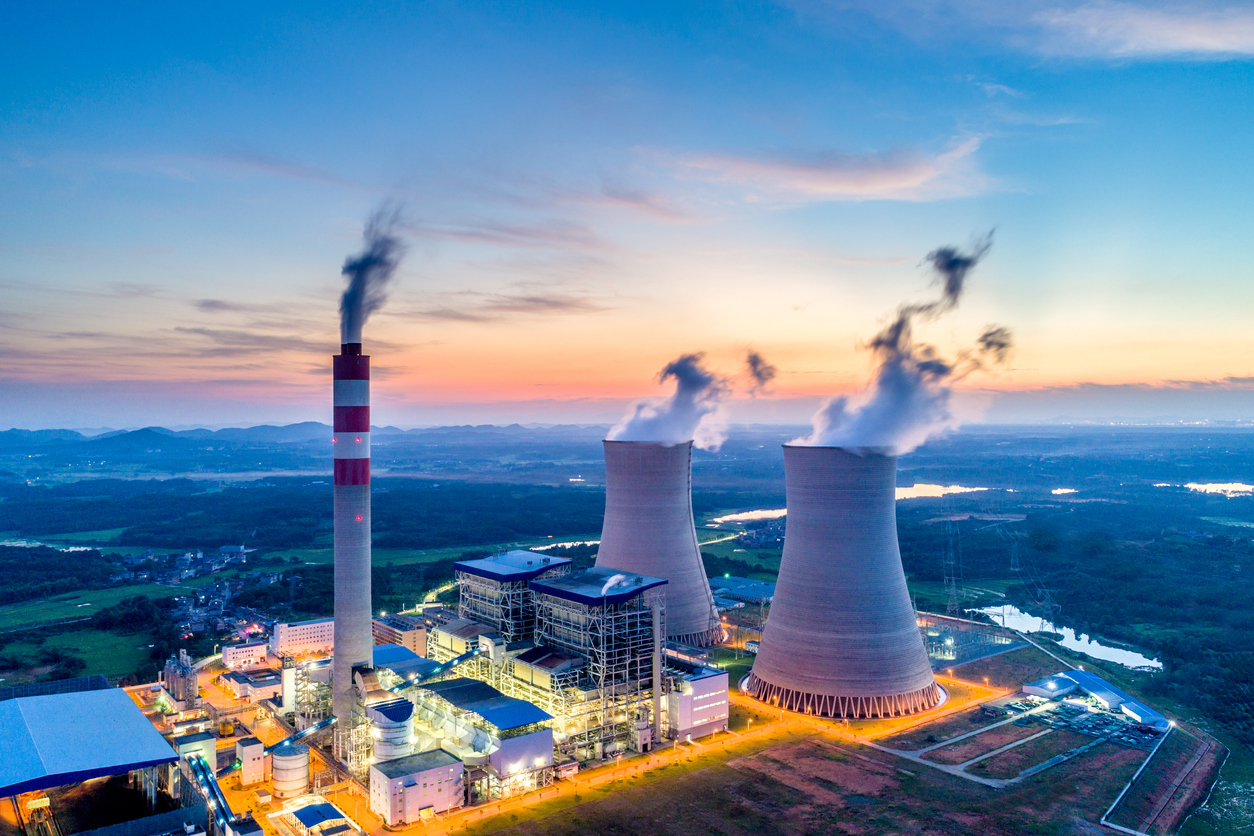It is one of the most significant steps yet by the Trump administration to roll back climate policy, eliminating rules designed to force an industry-wide decrease in emissions. Instead, the EPA plans to regulate the industry on a plant-by-plant basis, according to a summary reviewed by The Wall Street Journal, and will allow older plants to keep operating as they adopt improved, more-efficient technology.
The summary closely parallels new policies the EPA proposed last August.
Environmental groups said at the time that the policies at best provided minimal legal cover for a 2007 Supreme Court decision requiring the agency to regulate carbon emissions as a pollutant. They will likely seek to reinstate the Obama-era policy, known as the Clean Power Plan, which has been hung up at the Supreme Court in a case about whether it was illegally broad.
While the Clean Power Plan was designed to reduce greenhouse gases, Trump administration officials have openly cast their redo of regulation as a boon to coal-fired plants, an attempt to reset rules they say unfairly set the plants up to fail and close. President Trump has called climate change a hoax and vowed to help boost the fortunes of coal, oil and natural-gas producers.
By allowing older plants to make incremental improvements, the plan could keep coal-fired plants alive longer in a way that actually increases their greenhouse-gas emissions in aggregate, environmentalists say. Over the long term, it reduces the ability of the Clean Power Plan to push for the phasing out of natural-gas-burning plants in favor of zero-carbon energy sources such as wind and solar.
The details of the plan and how it shakes out could set a precedent for how much a president can regulate greenhouse-gas emissions. The changes are coming at a time when the risks of climate change are becoming more pronounced and Mr. Trump’s Democratic rivals are making the issue central to their presidential campaigns.
The new plan limits the EPA in several ways, but most prominently by taking away the federal government’s power to set emissions-reduction targets across the industry. Instead, the new rules allow EPA to regulate only “inside the fence line of” each plant, the summary says. It will create a menu of technological options the plants can choose from to boost efficiency.
The rules put the agency in the back seat with the states in front. States have the authority to design plans for power plants within their borders, with three years to craft and submit those plans to the EPA for approval.
The new policy “restores the rule of law, empowers states, and supports energy diversity and affordability,” the summary says.













